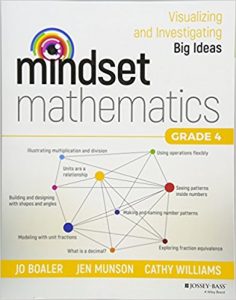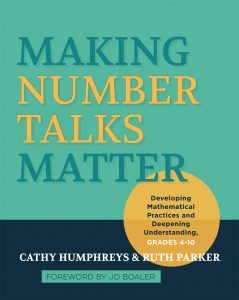The excitement of another year is always energizing. It is important not to go madly off in all directions trying to reinvent our pedagogy…but to make thoughtful and considerate changes. Here’s a great list of math websites (I’d ignore the costly programs, however) to help with your math teaching this year.
Math Workshops on Staff Development Calendar
 Learning teams, book clubs and workshop offerings for math this fall have been posted to the Staff Development Calendar. If you are looking for basic support for math, consider signing up for Math 101. On the other hand, if Number Talks are a routine you’d like to start or deepen this year, sign up to get a copy of an appropriate book for your grade level and some supportive colleagues to discuss it with. This fall also features a Closing The Gaps learning team, where we will use Jo Boaler’s new Grade 4 resource alongside our BCEd curriculum.
Learning teams, book clubs and workshop offerings for math this fall have been posted to the Staff Development Calendar. If you are looking for basic support for math, consider signing up for Math 101. On the other hand, if Number Talks are a routine you’d like to start or deepen this year, sign up to get a copy of an appropriate book for your grade level and some supportive colleagues to discuss it with. This fall also features a Closing The Gaps learning team, where we will use Jo Boaler’s new Grade 4 resource alongside our BCEd curriculum.
Northwest Mathematics Conference
Sign up now and put your Detached Duty form in for the BCAMT-hosted Northwest Mathematics Conference, being held in Whistler over the Oct 19/20 PSA Day. Some great speakers are coming, including Tracy Zager, Fawn Nguyen and Dan Finkel. There will be sessions and resources for every teacher, from K-12.
Call Me
I’m really looking forward to supporting math teachers across this district this year. Call me at 604-760-6157 or e-mail me at Donna.Morgan@burnabyschools.ca if you need any support for your math teaching.


